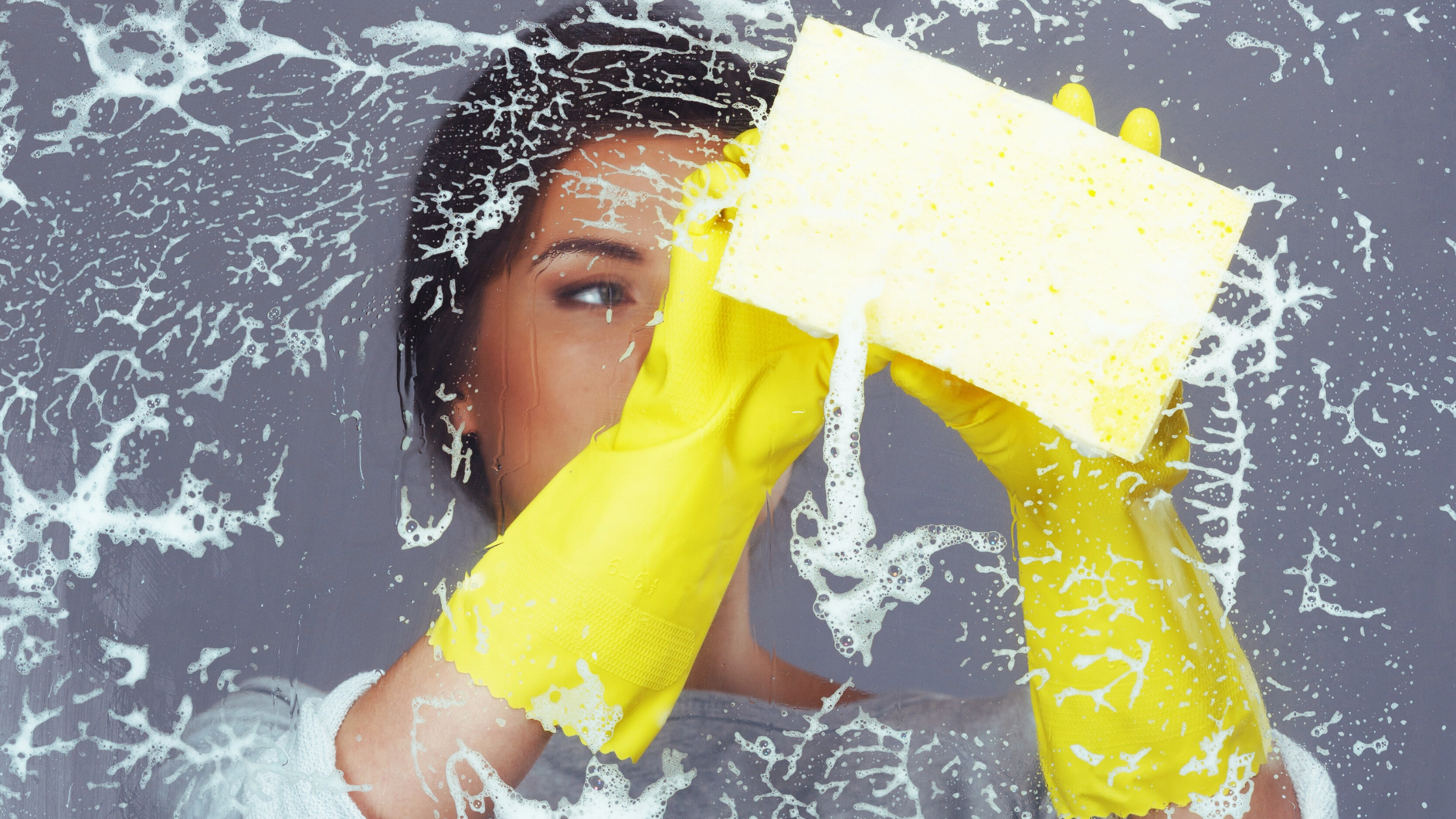Creating a healthier home environment can significantly impact your overall well-being. By making simple changes to the products you use daily, you can reduce your exposure to harmful chemicals and promote a safer living space. More and more headlines highlight that chemicals in everyday products can act as hormone disruptors in both men and women. Ingredients like parabens, phthalates, and BPA can interfere with your endocrine system. By choosing products free from these chemicals, you can reduce your risk of hormone-related health issues. Here are some clean and safe home hacks to get started!
1. Switch to Clean Cleaning Products:
Many conventional cleaning products contain harsh chemicals that can irritate your skin, eyes, and respiratory system. Brands like Basics offer clean, non-toxic alternatives that effectively clean your home without compromising your health. Look for products free from ammonia, bleach, and synthetic fragrances.
Amazon Best Selling Recommendations:
- Cleaning Kit: Branch Basics Cleaning Essentials Kit: All Purpose Cleaning Spray, Glass Cleaner, and Bathroom Cleaner
- Dishwasher Pods: Molly’s Suds Dishwasher Pods | Natural Dishwasher Detergent
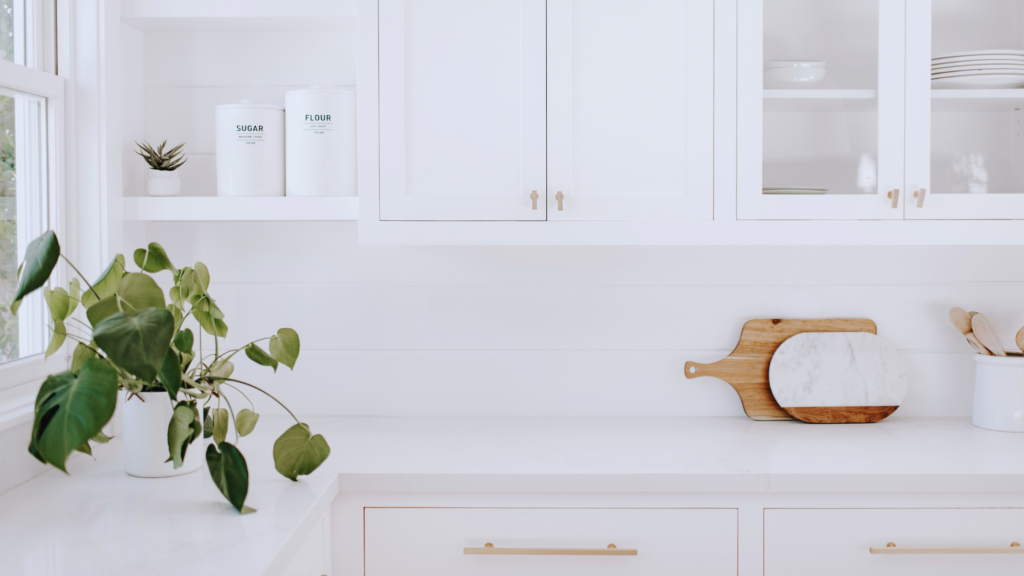
2. Use Fluoride-Free Toothpaste:
While fluoride can help prevent cavities, exposure may pose health risks especially since we consume it twice daily. With all the healthier options available on the market it’s a no brainer to at least try some safer options. Opt for fluoride-free toothpaste to minimize your intake of this chemical. Many natural brands provide effective alternatives that clean your teeth without harmful additives.
Amazon Best Selling Recommendation:
- Toothpaste: Dr Sheffields Natural Toothpaste
- Oil Pulling: Guru Nanda Coconut Oil Pulling
- Whitening Strips: GuruNanda Teeth Whitening Strips
3. Choose Clean Laundry Detergents:
Traditional laundry detergents often contain synthetic fragrances, dyes, paragons and other toxic chemicals that absorb into your skin and harm the environment. They are both carcinogenic and hormone disruptive. Parabens can be absorbed through the skin and once they are in your body, they can function as estrogen, a female hormone that’s important for sexual development, breast health, and other bodily functions. Switch to clean laundry detergents made from natural ingredients, which are safer and eco-friendly.
Amazon Best Seller:
- Laundry Detergent: Molly’s Suds Original Laundry Detergent Powder | Natural Laundry Detergent Powder
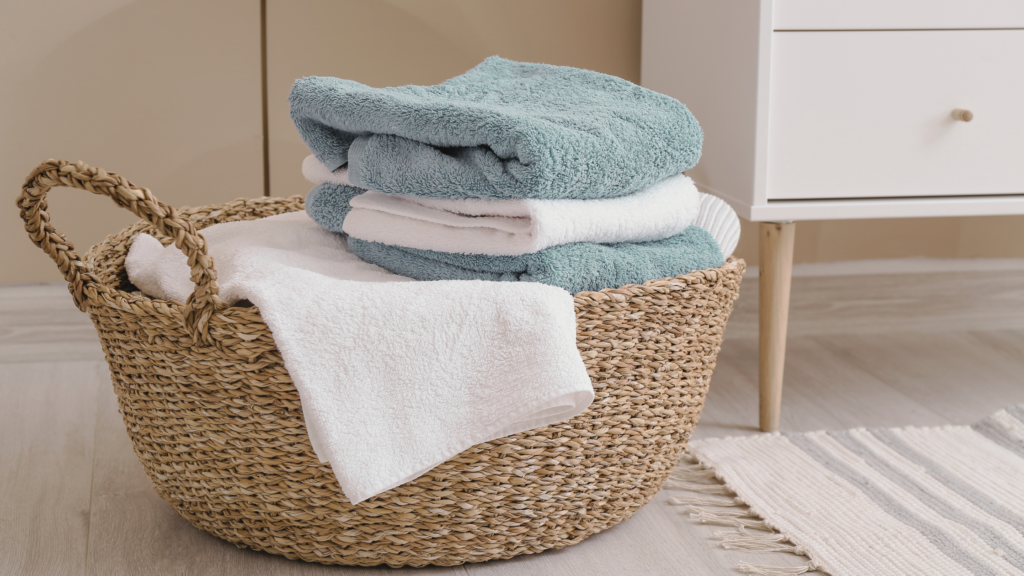
4. Aluminum-Free Deodorant:
Aluminum-based compounds in conventional deodorants can block sweat glands, accumulate in the lymph nodes and may be linked to health concerns, especially in the kidneys. Choose aluminum-free deodorants to avoid these risks. Natural deodorants use ingredients like baking soda, coconut oil, and essential oils to keep you fresh. It is safe to say that the journey from regular deodorant and antiperspirants to clean deodorant can be a treacherous one. An easy initial swap is to at least go aluminum-free.
Take a peek at Yukas Top 10 list of the cleanest deodorants
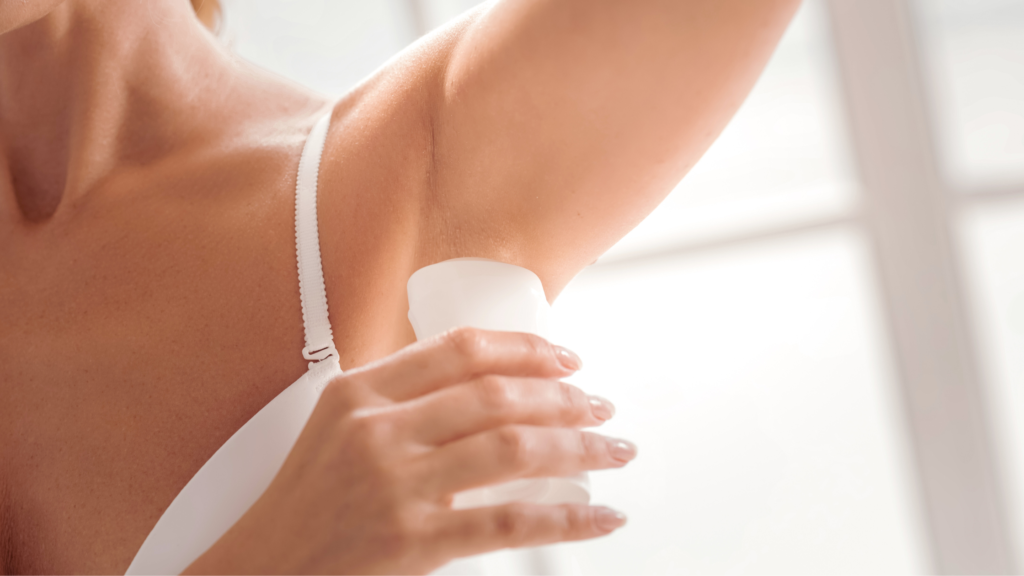
5. Indoor Plants to Purify the Air:
Indoor plants are a natural way to improve air quality in your home. Plants like spider plants, snake plants, and peace lilies can remove toxins from the air, increase humidity, and add a touch of greenery to your living space. They are a great addition to every bedroom.
- Related article: Benefits of Snake Plants in Your Bedroom:

6. Mineral-Based Sunscreens:
Chemical sunscreens can contain harmful ingredients that absorb into your bloodstream. Opt for mineral-based sunscreens that use zinc to protect your skin from UV rays. Your skin is the largest organ of the body and absorbs everything we come in contact with. The studies are out and so is toxic sunscreen. Zinc based sunscreens are everywhere now so the next time you’re headed to the beach make sure you’ve made the right choice.
Amazon Best Seller Recommendations:
- On the pricier side: EltaMD UV Clear Face Sunscreen SPF 46, Oil Free Sunscreen with Zinc Oxide, Dermatologist Recommended Sunscreen
- Mid Range suggestion: CeraVe Hydrating Mineral Sunscreen SPF 30 with Sheer Tint
- Affordable and easy application: BLUE LIZARD Mineral Sunscreen Stick with Zinc Oxide SPF 50+
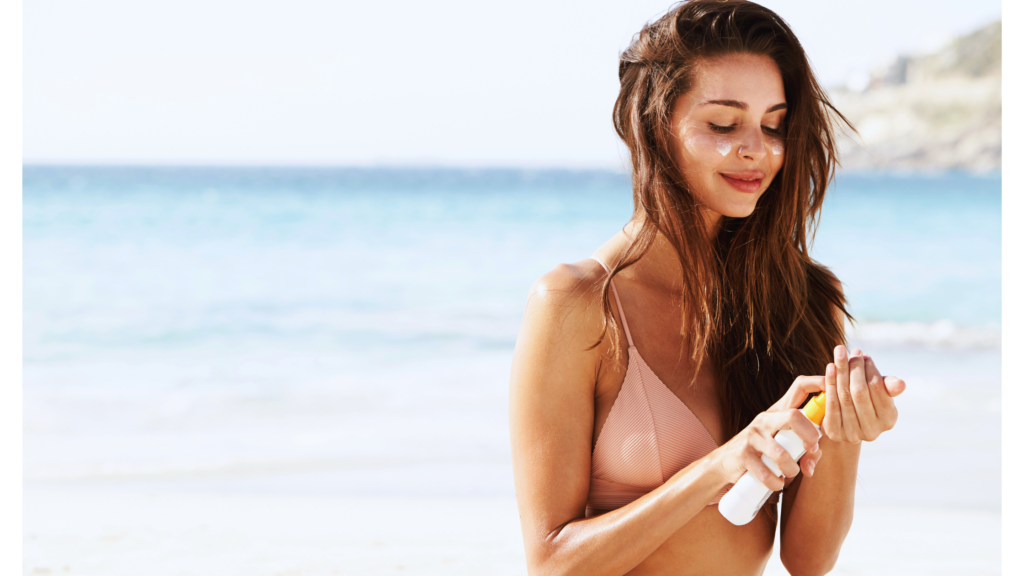
7. Invest in a Water Filter:
Tap water contains various contaminants, including chlorine, lead, and pesticides. Investing in a water filter can significantly improve the quality of the water you drink and use for cooking as well as what you shower in and brush your teeth. Whole-house water filters, under-sink filters, and pitcher filters are all excellent options to consider.
Amazon Best Selling Recommendations:
- Sink Filter: Filterbaby Skincare Filter 2.0, Bathroom Sink Filter Water Faucet for Skin Care– small, compact and perfect for the bathroom sink
- Shower Head Filter: The Jolie Filtered Shower Head – endless great reviews on this one!
- Whole house filtration system: Aquasana Whole House Well Water Filter System – UV Purifier
The home run is to have the whole house filtered, but if that is not an option the first 2 are a great starting point.
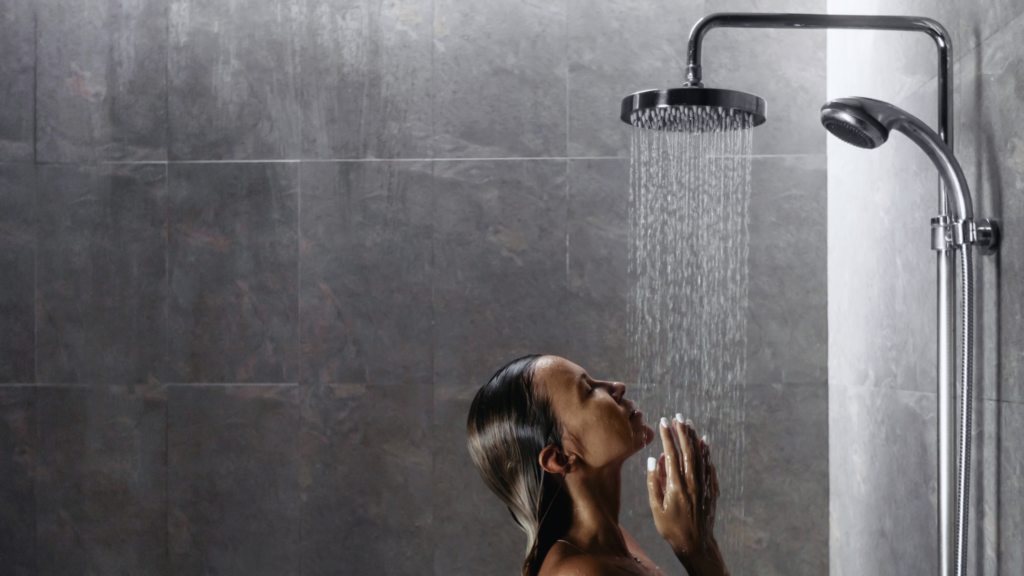
8. Limit Plastic and Aluminum Foil Usage:
Plastic containers and aluminum foil can leach harmful chemicals into your food. Switch to glass containers and unbleached parchment paper for safer food storage and cooking. Glass is durable and non-toxic, making it an excellent alternative for preserving your food’s quality and your health.
- Amazon Favorite: 18 Piece Glass Food Storage Containers with Lids
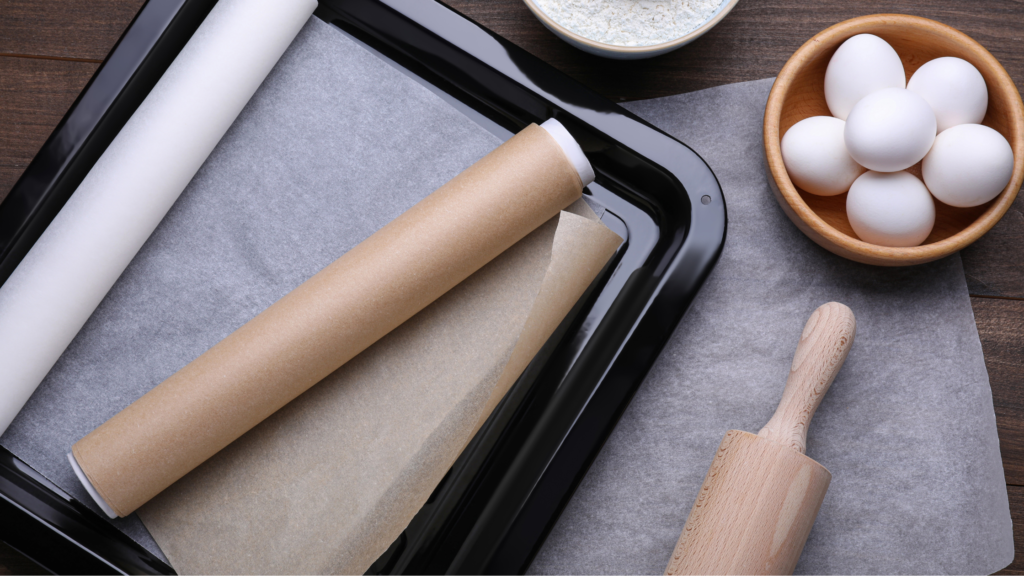
9. Use Non-Toxic Cookware:
Nonstick pans often contain chemicals like PFOA, also known as forever chemicals, that can release toxic fumes when heated. These chemicals are said to leach into the food we cook and over time PFA’s accumulated in the body leads to health issues. Choose ceramic or other non-toxic cookware options, like stainless steel, to avoid these harmful substances. Ceramic cookware provides a safe and durable alternative for your cooking needs.
“Studies have indicated that the higher your exposure to PFAS, the greater your risk for various issues, including some cancers, infertility, immune system dysfunction, and liver disease.” – Americas Test Kitchen
- Amazon Favorite: Caraway Nonstick Ceramic Cookware Set (12 Piece)
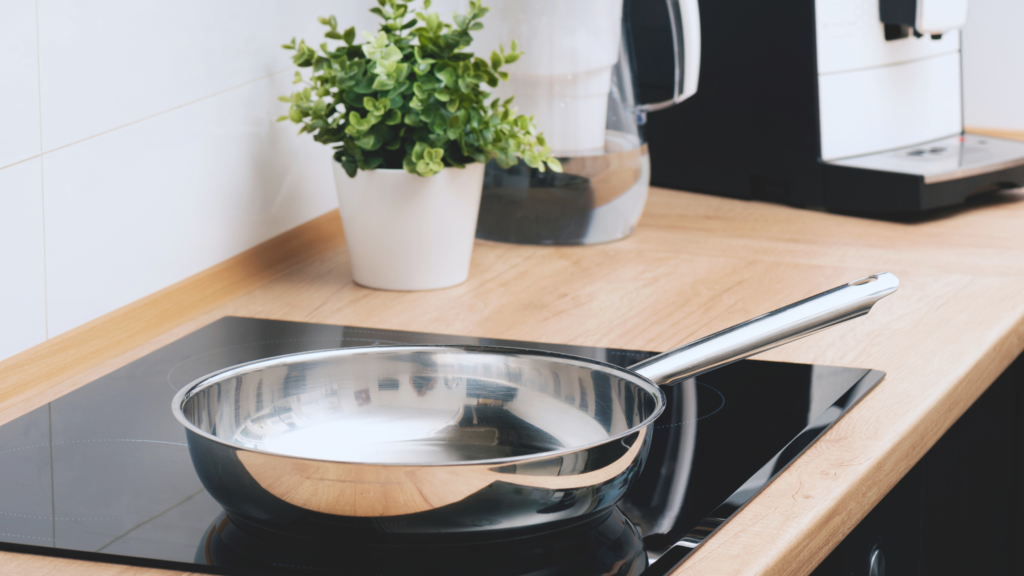
Transitioning to a cleaner, safer home environment doesn’t have to be overwhelming. By making small changes where you can, you can reduce your exposure to harmful chemicals and improve your overall health. Remember, every little bit counts, and these cumulative efforts can lead to a healthier lifestyle. Embrace these clean and safe home hacks to create a sanctuary that supports your well-being.
Every little bit counts x
Disclaimer: As an Amazon Associate, we earn from qualifying purchases. This helps support the blog at no extra cost to you!
Related Articles: Choosing the Right Candles and Healthy Cooking Oils are a couple of articles you should check out for more home safe cleaning hacks.
Sources:
- Environmental Working Group
- Healthline
- American Lung Association
- The Mayo Clinic
